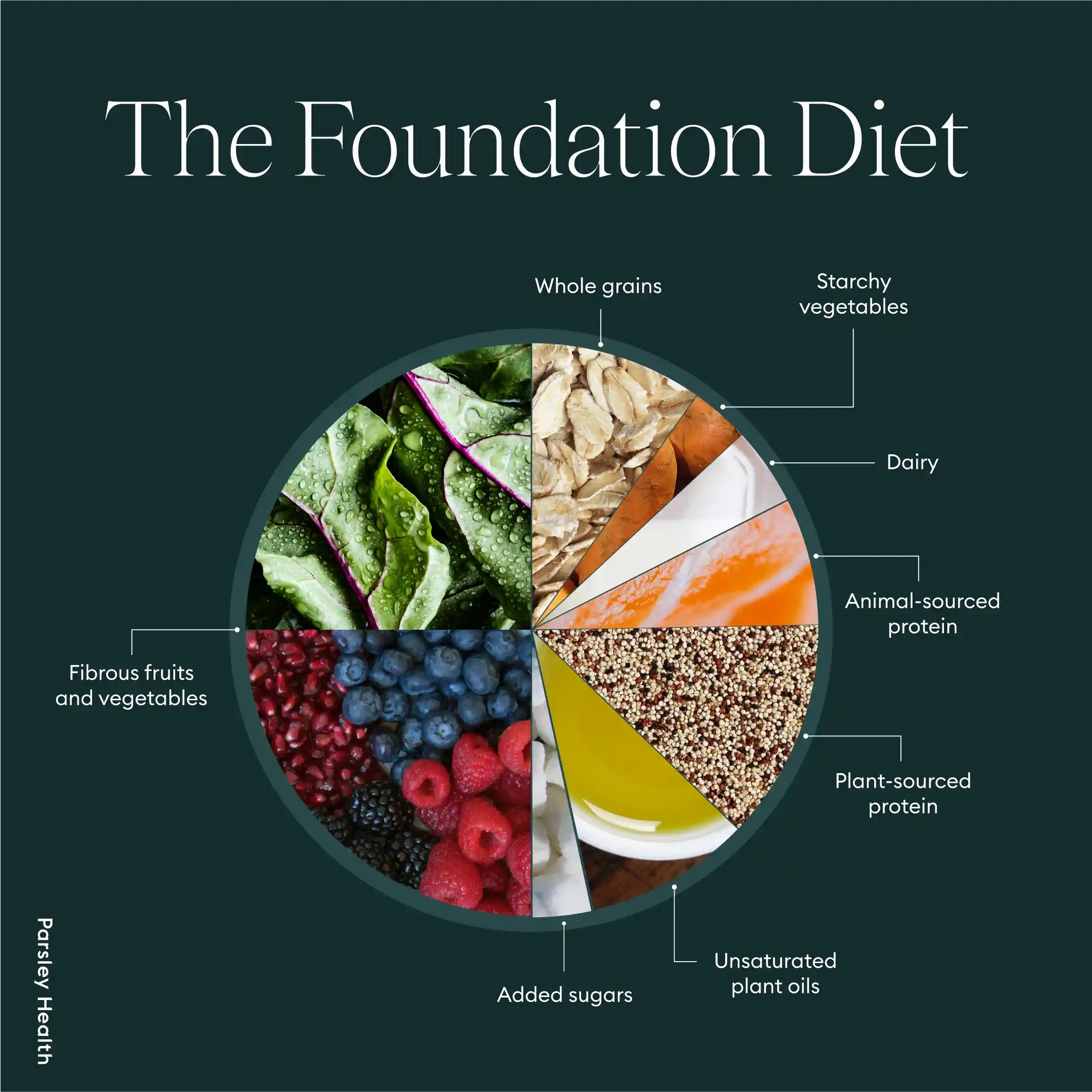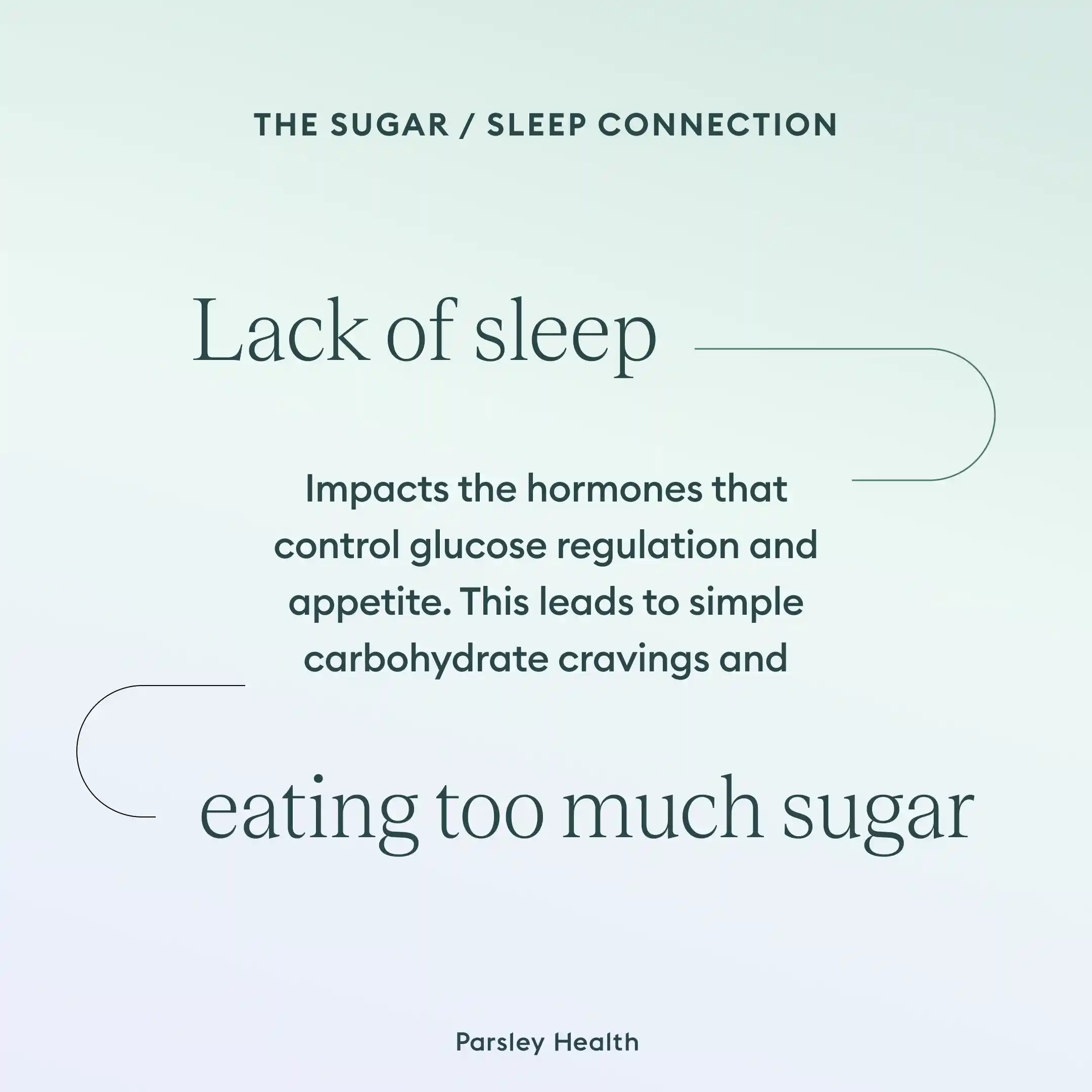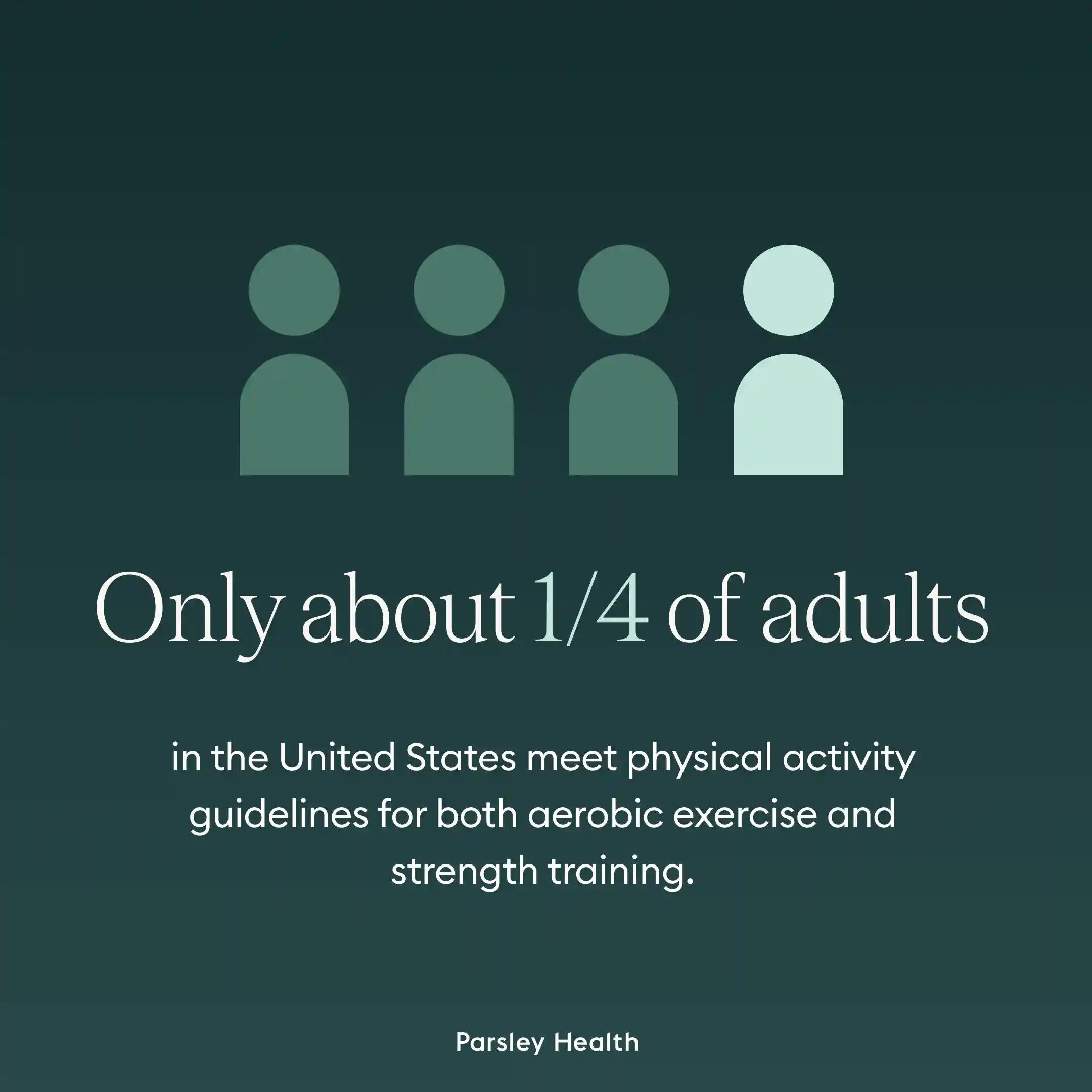To biohack, you don’t have to be a powerlifter willing to live on lettuce-wrapped sardines all week with one “cheat day."
Biohacking for women, or anyone really, is about using the latest science and practical guidance to improve overall health and how you feel.
What is biohacking?
While Bulletproof took biohacking mainstream, the process doesn’t have to be all butter coffee and vibration plates.
According to Dave Asprey, “biohacking is the art and science of changing the environment around you and inside you, so you have more control over your own biology." It allows us to optimize the body’s potential and become the “absolute best version of ourselves," he adds.
Basic biohacking can be simple. No fancy gadgets, no expensive gear, and no butter coffee necessary.
We could argue that people assigned female at birth are the original biohackers. We have been manipulating our hormones to control pregnancy starting thousands of years ago using lunaception (tracking one's menstrual cycle to the moon), and more modern ways via seed cycling.
When our hormones are working with us rather against us, we may experience a decrease in mood swings, food cravings, fatigue, cramps, and an increase in energy.
Who doesn’t want more energy, more vitality, and more time to do the things they love? Below are five simple ways to get started biohacking now.





